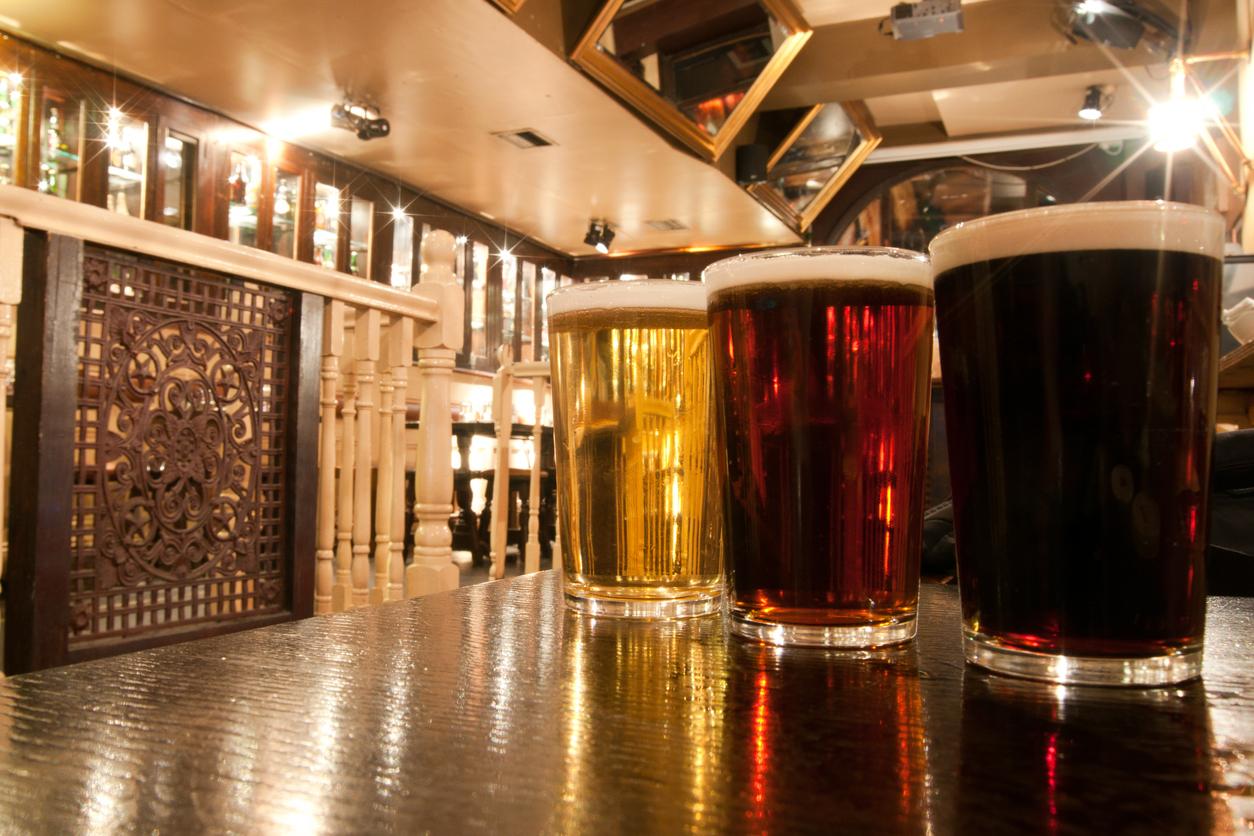Unfortunately, this is a bad habit. During the night of December 31 to January 1, several adolescents will drink to death. Others will open wide the door to alcoholism. The “cooked” has changed its name, its nature, but also its prognosis.

Despite a 50% drop in consumption in 50 years, alcohol remains the 2nd preventable cause of death in France, just behind tobacco.
Two factors are particularly important in terms of the risk of progression to addiction: the age of onset of alcohol consumption and the age of first intoxication. According to figures from a report from the National Institute for Sanitary Surveillance (INVS), one in six college students and three in five high school students have already been drunk.
The evening of December 31st will be the scene of many initiations, different from what they once were …
Importance of age
The still incompletely mature brain of adolescents is much more vulnerable than an adult brain to alcohol, in particular to its toxic and addictive nature.
Regular consumption (estimated at more than 10 times a month) remains marginal among college students, but adolescents and their parents should be alerted to the dramatic phenomenon of drunkenness, which today bears another name: “Binge drinking”. Another name, for a phenomenon different from that which is called in France, the cooked. The drunk was once the crossing of a threshold that was ignored by those who had never drunk too much, that of the state of discomfort. But, today, the teenagers make a sort of game of it, of challenge, by speaking about “high”, “climbs and descents”, vocabulary formerly reserved for hard drugs like heroin.
Doctors give this drunk a more politically correct name, “Binge Drinking”, which means more than 3 drinks per hour … With a real risk, either of immediate medical problems: 15-24 year olds represent 17% of emergency room visits for acute ethyl intoxication, either of a strong and rapid dependence.
The effect of parity
Another new phenomenon: alcoholism in young girls: the peak of acute alcoholism is increasingly precocious, especially in young girls. From a woman identified as an alcoholic for 12 men in 1960, we are now close to parity, especially among Americans.
A very particular female alcoholism, solitary, which is practiced in a hidden way, with a strong feeling of guilt.
It is also an alcoholism which is quickly complicated because the woman does not degrade alcohol in the same way as the man. His liver is also much more fragile.
What to say to a teenager who comes home drunk tonight?
The specialists in this addiction are categorical: First, we must not refer to our own experience, the “in my time we knew how to drink” because young people no longer drink as their parents could. Then, we must apply an absolute rule: do not say anything at the time and wait until the next day, because, after having boasted, a teenager very often admits the bad sides of drunkenness when he wakes up rather nauseous …
.















-1610376092.jpg)